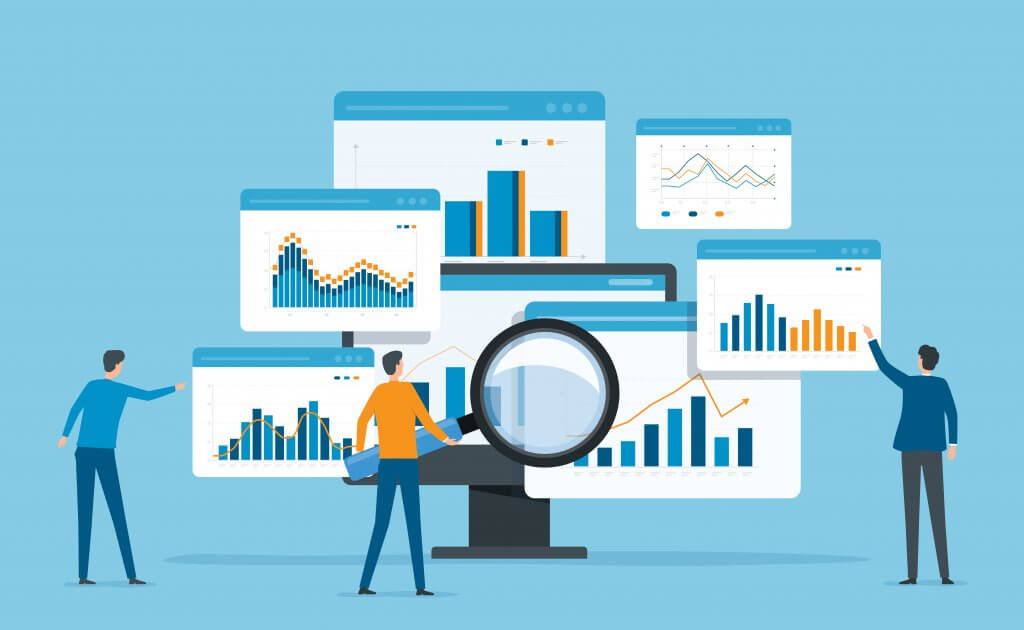Mastering Binary and Categorical Data in Data Science: A Comprehensive Guide with Python Examples
Article Outline:
1. Introduction
- Importance of Binary and Categorical Data in Data Science
- Overview of Techniques and Tools
- Purpose and Scope of the Article
2. Understanding Binary and Categorical Data
- Definition and Types of Categorical Data
- Binary Data
- Nominal Data
- Ordinal Data
- Differences Between Categorical and Continuous Data
- Common Use Cases in Data Science
3. Exploring Binary Data in Python
- Loading and Preparing Binary Data
- Visualization Techniques for Binary Data
- Bar Plots
- Pie Charts
- Analysis Techniques for Binary Data
- Frequency Tables
- Cross-tabulation
4. Exploring Categorical Data in Python
- Loading and Preparing Categorical Data
- Visualization Techniques for Categorical Data
- Bar Plots
- Mosaic Plots
- Analysis Techniques for Categorical Data
- Frequency Distribution
- Chi-Square Test for Independence
5. Handling Missing Values in Categorical Data
- Identifying Missing Values
- Imputation Techniques
- Practical Examples in Python
6. Encoding Categorical Variables
- One-Hot Encoding
- Label Encoding
- Target Encoding
- Practical Examples in Python
7. Advanced Analysis Techniques
- Analyzing Categorical Data with Logistic Regression
- Decision Trees and Categorical Data
- Practical Examples in Python
8. Real-World Applications
- Customer Segmentation
- Sentiment Analysis
- Fraud Detection
- Practical Examples and Case Studies
9. Best Practices and Common Pitfalls
- Ensuring Data Quality
- Choosing the Right Encoding Technique
- Avoiding Common Mistakes
10. Conclusion
- Recap of Key Points
- Importance of Mastering Binary and Categorical Data Analysis
- Encouragement for Further Learning and Exploration
This comprehensive guide explores the analysis and visualization of binary and categorical data in data science using Python, providing step-by-step instructions, practical examples, and real-world insights to enhance your data analysis skills.
1. Introduction
In the dynamic field of data science, understanding and effectively analyzing various types of data is crucial for deriving meaningful insights and making informed decisions. Among the different types of data, binary and categorical data hold a significant place due to their widespread applications in numerous domains, including marketing, healthcare, finance, and social sciences. This article aims to provide a comprehensive guide to exploring and analyzing binary and categorical data using Python, one of the most popular programming languages in data science.
Binary data consists of two categories or states, such as "yes" or "no," "true" or "false," and "1" or "0." This type of data is ubiquitous in decision-making processes, where outcomes are often binary in nature. Examples include whether a customer will churn or not, whether a transaction is fraudulent or legitimate, and whether a patient has a disease or not.
Categorical data encompasses more than two categories and can be further divided into nominal and ordinal data. **Nominal data** consists of categories without a meaningful order, such as types of fruit or colors. **Ordinal data**, on the other hand, includes categories with a meaningful order, such as education levels or customer satisfaction ratings.
Understanding and analyzing binary and categorical data involve various techniques and tools, from data preprocessing and visualization to advanced analysis methods. Proper handling and interpretation of these data types can uncover patterns and trends that are critical for strategic planning and operational efficiency.
In this article, we will explore the following key topics:
- Understanding Binary and Categorical Data: Definitions, types, and common use cases in data science.
- Exploring Binary Data in Python: Loading, preparing, visualizing, and analyzing binary data.
- Exploring Categorical Data in Python: Loading, preparing, visualizing, and analyzing categorical data.
- Handling Missing Values in Categorical Data: Techniques for identifying and imputing missing values.
- Encoding Categorical Variables: Methods for converting categorical data into numerical formats suitable for machine learning models.
- Advanced Analysis Techniques: Applying logistic regression, decision trees, and other methods to categorical data.
- Real-World Applications: Practical examples and case studies in customer segmentation, sentiment analysis, and fraud detection.
- Best Practices and Common Pitfalls: Ensuring data quality, selecting appropriate encoding techniques, and avoiding common mistakes.
By the end of this guide, you will have a solid understanding of how to handle and analyze binary and categorical data using Python. Whether you are a beginner seeking to learn the basics or an experienced data scientist looking to refine your skills, this article will equip you with the knowledge and practical tools needed to excel in your data analysis endeavors.
We encourage you to experiment with different datasets, apply various techniques, and continuously explore the latest advancements in data science. Through hands-on practice and continuous learning, you will enhance your ability to uncover valuable insights from binary and categorical data, ultimately contributing to more data-driven decision-making in your field.
Keep reading with a 7-day free trial
Subscribe to AI, Analytics & Data Science: Towards Analytics Specialist to keep reading this post and get 7 days of free access to the full post archives.


